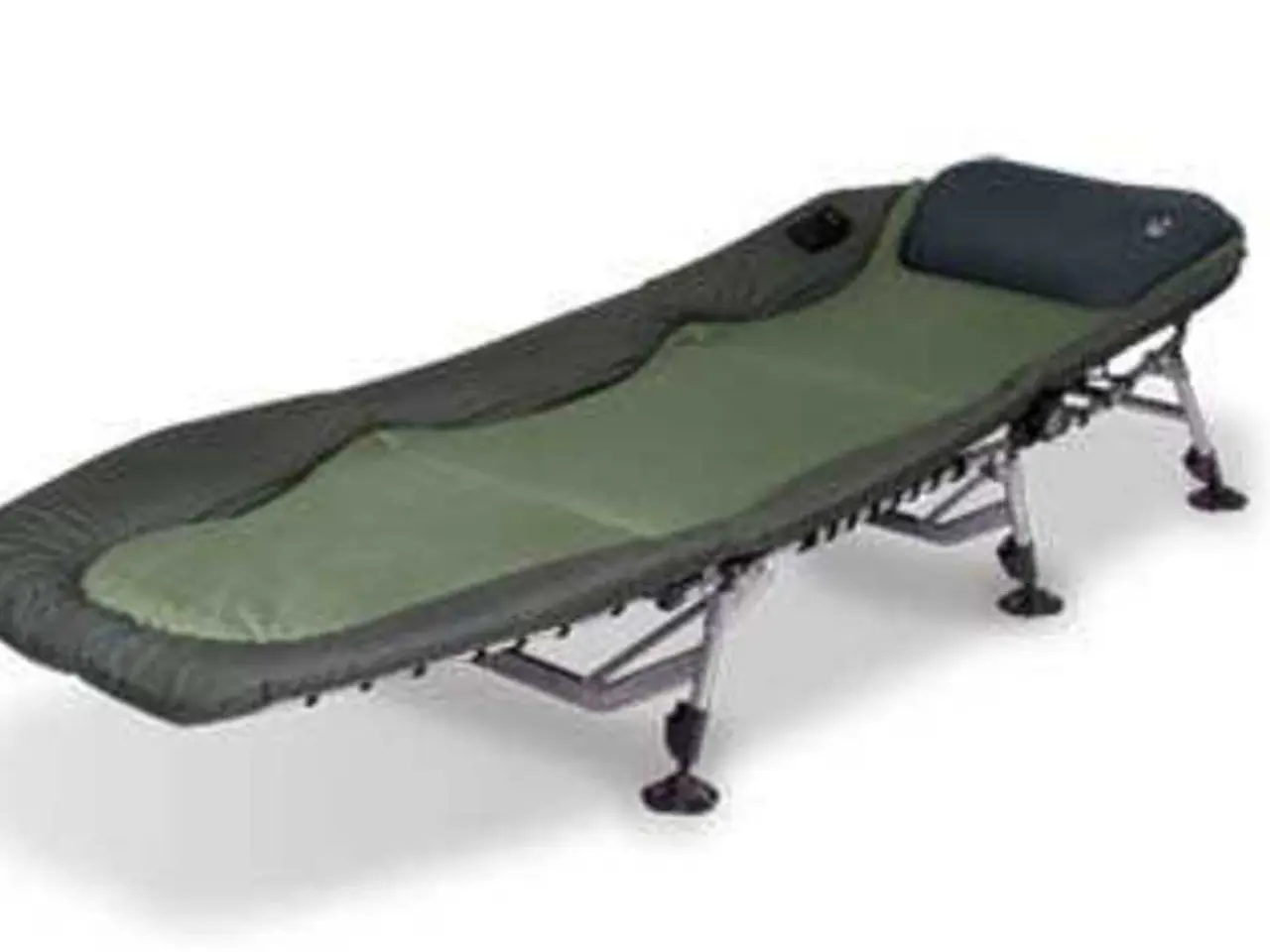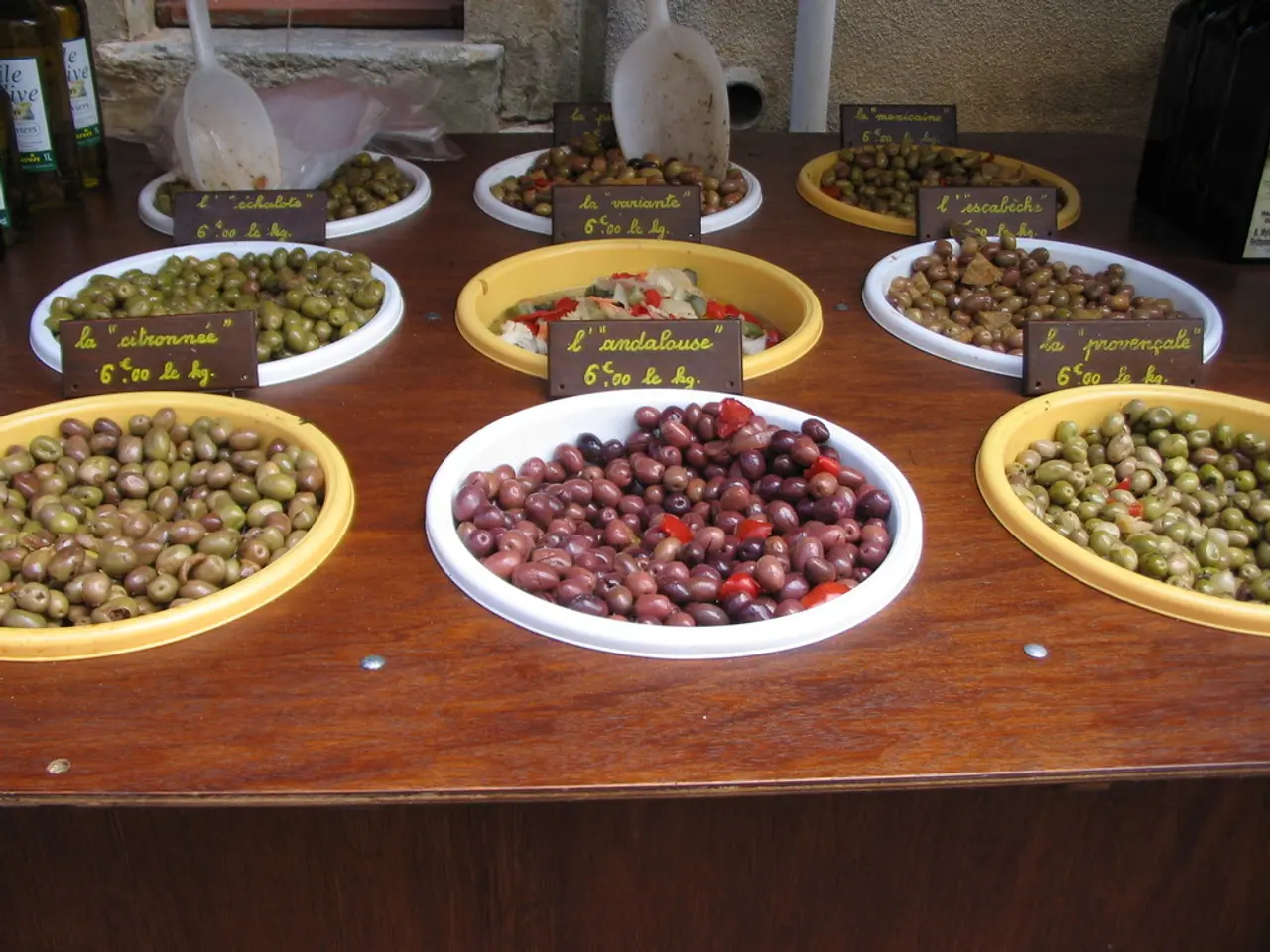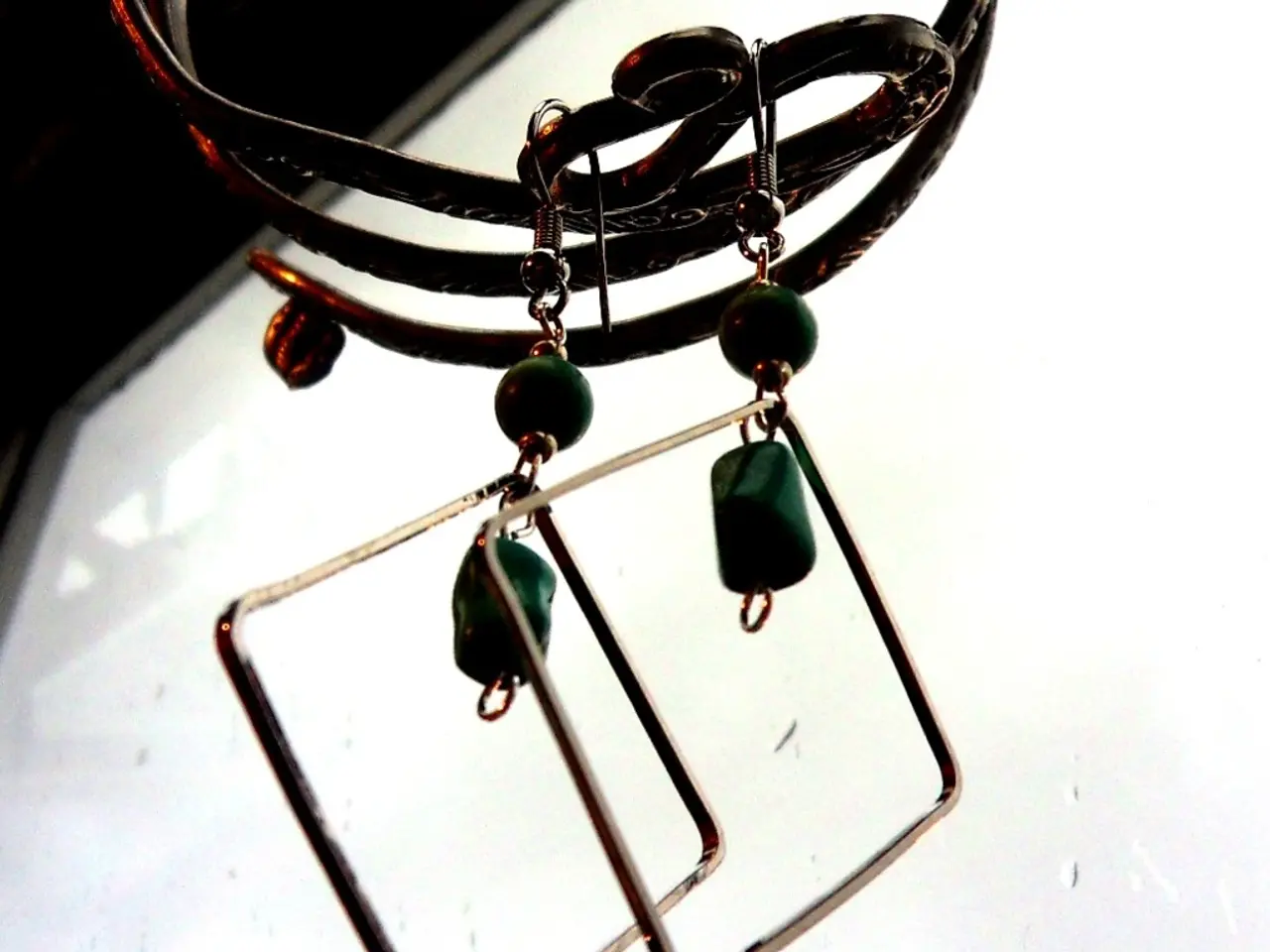Stretches for tight calf muscles:
Tight calf muscles can be a common issue for many individuals, causing discomfort and affecting physical activity. Understanding the causes and implementing effective stretching routines can help alleviate this problem.
The calf muscles, located in the back of the lower leg below the knee, consist of two muscles: the gastrocnemius and the soleus. These muscles play a vital role in supporting the lower leg, foot, and ankle, and help prevent injuries during physical activities.
Several factors contribute to developing tight calf muscles. One of the most common causes is insufficient strength in the gastrocnemius and soleus muscles, which can lead to overload during physical activities like running. Overworked muscles and inadequate recovery time can also result in muscle tightness, as the muscles remain in a constant state of tension without proper healing.
Muscle imbalances, poor biomechanics, and postural issues can also cause tight calf muscles. For example, an anterior pelvic tilt can inhibit glute muscle activation, forcing the calves to overcompensate, leading to tightness. Similarly, high-impact activities or strenuous repetitive use, such as running, hiking, or jumping rope, can cause constant tension and tightness in the calves over time.
Footwear choices can also contribute to tight calf muscles. Wearing high heels, unsupportive shoes, or shoes lacking proper arch support can shorten the calf muscles by altering gait and alignment. A sedentary lifestyle, characterized by prolonged sitting, can reduce flexibility and circulation in the legs, causing calf muscles to tighten, even in non-athletes.
Fortunately, there are several stretches that can help relieve associated soreness and pain. The calf muscle stretch with or without a wall, heel cord stretch with bent knee, and dorsiflexion stretch are some of the recommended stretches by the American Academy of Orthopedic Surgeons (AAOS). The towel stretch and plantarflexion stretch are also effective in stretching the calf muscles.
In addition to stretching, massages and cold or hot compresses can help relax tight calf muscles and relieve associated discomfort. Regular stretching can improve a person's range of motion, allowing the muscles to lengthen and contract more vigorously during exercise.
However, it's essential to note that stretching is not an appropriate treatment for calf pain and discomfort that results from underlying medical conditions. In such cases, it's best to consult a doctor for appropriate treatment.
In conclusion, tight calf muscles can arise not just from fatigue or poor stretching habits but also from strength deficits, biomechanical issues, muscle imbalances, overuse, footwear, and lifestyle patterns. By understanding these factors and implementing effective stretching routines, individuals can help prevent and alleviate tight calf muscles.
- Individuals suffering from conditions like multiple sclerosis, ankylosing spondylitis, or psoriasis might also encounter tight calf muscles, as these diseases can affect health-and-wellness and fitness-and-exercise routines.
- A predictive study on the correlation between HIV positive patients and tight calf muscles is yet to be undertaken by science, but it could offer insights into the relationship between diseases and muscle tightness.
- While it's crucial to address tight calf muscles, mental health disorders such as depression can also be linked to musculoskeletal discomfort, creating a complex interplay between disease and physical symptoms.
- Proper fitness and exercise routines, including strengthening exercises targeting the gastrocnemius and soleus muscles, can help prevent tight calf muscles by building muscle endurance and reducing the risk of overload during high-impact activities like running.
- Asthma, a respiratory disease, can affect an individual's physical activity and cause muscle tightness, especially if the abrupt cessation of movement or inadequate recovery is a common feature.
- People with Crohn's disease, characterized by inflammation along the digestive tract, may face muscle tightness in the lower body due to fluctuating activity levels, increased fatigue, and the impact on overall health-and-wellness.
- A preventive measure for tight calf muscles could also involve a morning routine of ankle circles, knee-to-chest stretches, and toe curls that help improve circulation, flexibility, and muscle tone.
- Regular health-and-wellness screenings can help identify underlying medical conditions contributing to tight calf muscles, allowing earlier intervention and management to prevent further complications and promote fitness-and-exercise performance.




